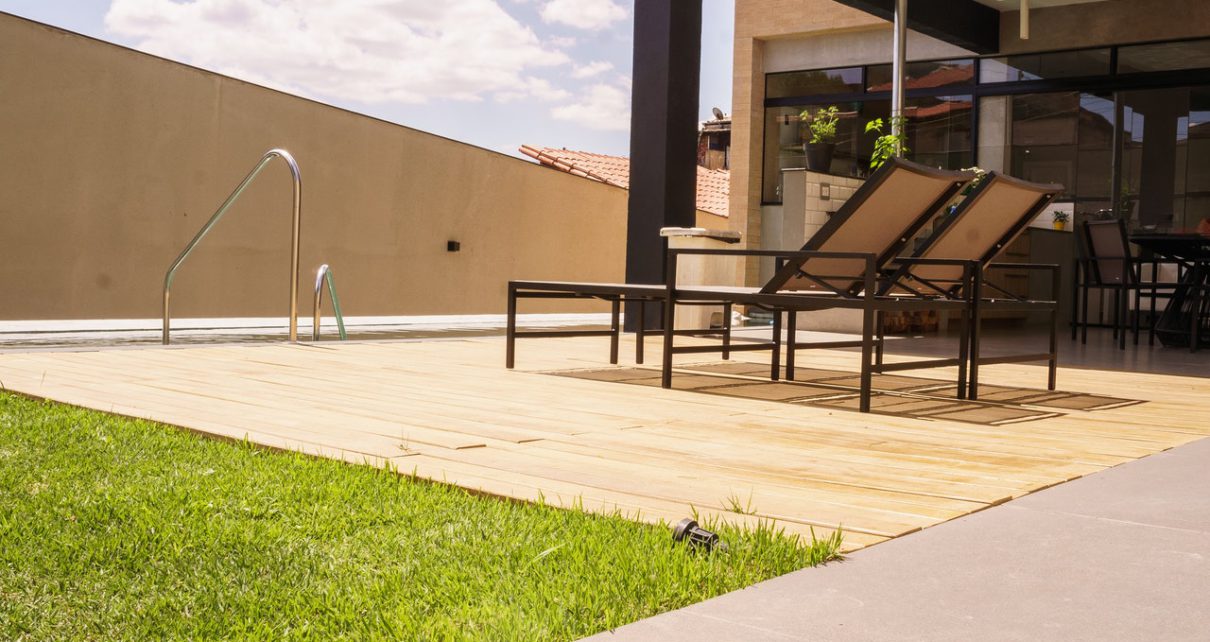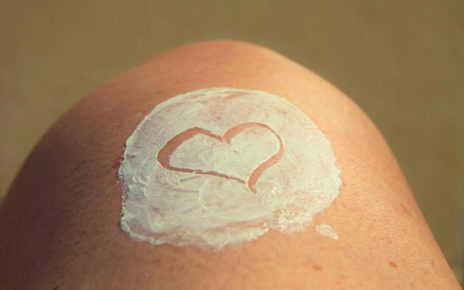Danish oil is a wood finishing oil used to protect and nourish wood from the inside. There are many different types of Danish oil to choose from; this is because, unlike tung oil or linseed oil, Danish oil is not a natural oil, but actually a mixture of oils, so it can be explained by different brands. Although there are many old-fashioned wood oils, the most commonly used oils are undoubtedly Danish oil, teak oil, tung oil, and to a lesser extent, linseed oil.
After World War II, the Danish part of Danish Petroleum seemed to be widely used, when Scandinavian producers began to export their products all over the world. The name Danish Petroleum comes from the fact that in the second half of the 20th century, Scandinavian furniture, protected by attractive glossy finishes, began to be exported all over the world.
This wood finish is commonly used by woodworking professionals to apply to bare wood or to an already painted part. Using Danish oil as a primer will increase the performance of the wood paint and provide additional protection for the wood surface from cracks and scratches. Danish natural oil will help in hardening, the wood will not become greasy and will remain dry. There are many other wood finishing oils available on the market that give more durable results than Danish oil.
The lacquer and lacquer we use to decorate our home furnishings protect the wood better than Danish oil due to its high strength. Tung oil offers a beautiful natural finish that allows you to see and enjoy the natural shade and texture of wood. Thanks to Danish wood oil, it provides reliable protection to the wood and hardens in the sun, and applying several coats of tung oil can make the wood board look brighter and brighter.
Simply put, using this variant of tung oil on wood surfaces gives them a rich dark color that is incredibly waterproof. You won’t want to use it on a tabletop (due to possible scratches on the satin finish), but it is ideal for cutlery handles. When applied to bare wood such as pine or maple, it darkens the wood after good coverage.
You should not apply this finish to sealed wood because it works by submerging it in the wood and the sealed wood does not absorb oil. On previously waxed or polished surfaces, it is important to sand bare wood with sandpaper, steel wool and white spirit as needed to obtain an even coating and protection. Damaged or scratched areas can be easily repaired by reapplying Danish oil. Danish Oil can be used on almost any wood surface, including indoor and outdoor furniture, doors, window frames, panels, hardwood floors, skirting boards, gates, children’s play areas, kitchen countertops, turned wood, musical instruments, food preparation areas, etc. But it is most often used as a timber sealer.
Several oils are available for treating and finishing wood. Since 100% pure natural oil alone cannot effectively penetrate and saturate wood, tung oil is usually mixed with an additive. Polyurethane is produced by mixing alkyd and synthetic resins with various types of oils.
Polyurethane is also a type of wood finish, but it is made from synthetic resins and offers several advantages over Danish oil for your wood furniture and floors. Polyurethanes are available in gloss, semi-gloss and satin finishes, offering several options in terms of the end result, but the polyurethane does not change the color of the wood. You can purchase Danish oils in a variety of colors from golden oak to black walnut, but in reality the final color of your stock will depend on the type of wood you are processing.
However, we recommend using teak oil for all types of outdoor wood. So, for example, if you are making a set of wooden bowls intended for real food, it is best to soak and treat the wood with tung oil. Before using the tung oil solution for the entire actual project, you may want to test the tung oil solution on a small piece of wood sample.
Hence, proper instructions must be obtained before surface treatment with Danish oil, because this is the type of trimmer that can improve the quality of the wood or spoil all the wood in seconds of misuse. Since Danish finishing materials come in different brands and the percentage of chemical components in them is different, we can say that they can be toxic and can damage the wood to a certain extent. Since the term Danish oil is often used as an umbrella term for wood finishing, not all products labeled Danish oil are toxic.
The main use of teak oil has traditionally been for outdoor wood such as outdoor wood furniture and wood on boats. When used with wood oil, after curing, it penetrates the very small but visible pores of the wood. It penetrates the wood, in contrast to the film coating that is on the surface. This penetration gives the woody texture a depth that is difficult to achieve with film finishes.
Before applying Danish oil, you will need to check whether your new deck fits regulations and safety measures.
Applying Danish oil is easy: you dip the fabric into the finish and then apply it to the surface of the wood, photo below. Leave the oil on for 15 minutes and work on the areas that absorb the oil. Once the coating is applied, you can let the oil dry (this will take about 6 hours, but still leave it overnight). Sand the 220 grit wood until the finish is nice and smooth. Remove sanding dust.
Apply the first layer with a brush or rag in the direction of the grain. Let the oil absorb well. Wipe down the wood with a rag for a shiny and smooth finish. Surface Leave the wood to dry for a few hours. When you feel the wood is completely dry, apply a second coat after wiping the surface with 600 grit sandpaper after soaking it in Danish oil.
A final wipe with a clean cloth removes excess oil and sanding residue, leaving a glossy finish. Most bumps, minor scratches, rings, and wine stains such as wine can be removed by gently sanding the affected area and reapplying Danish oil to mix with the original finish. Danish oil will need to be re-applied to fully protect the exterior wood at least once a year as needed as the wood begins to dry naturally.
If you don’t need protection, use 1/2 oil, 1/4 thinner, and 1/4 foam. It is more protective than ordinary oily top coats, but it does give a rich, deep and natural appearance because the main ingredient is oil. Some other things you need to know is to always apply this oil in the direction of the wood grain and apply at least 3 coats to get an excellent gloss.




